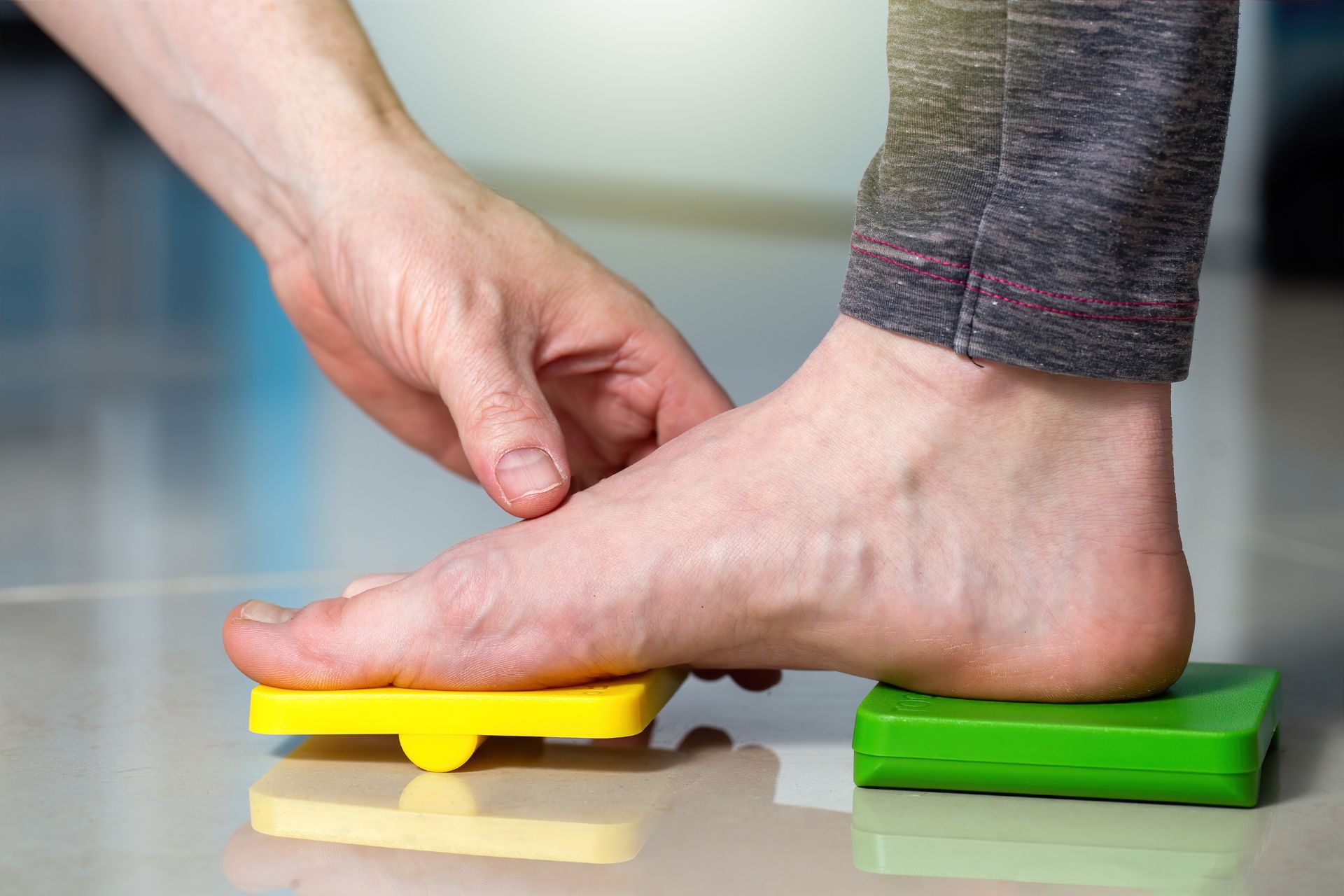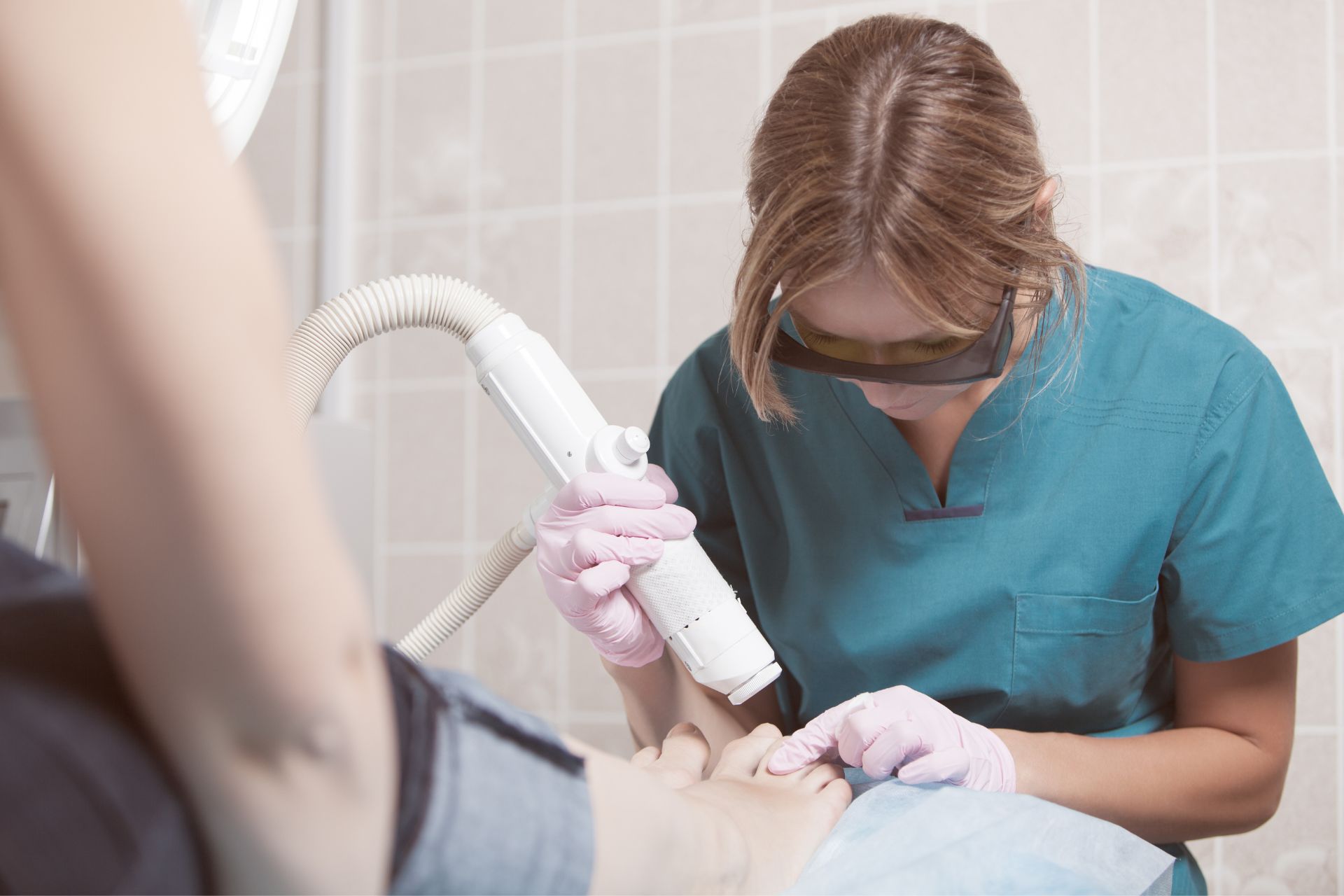Obesity can impact many aspects of your health, including the well-being of your feet. As the foundation of the body, your feet support your weight with every step, absorbing pressure and keeping you mobile. When obesity is a factor, it places extra stress on the feet, leading to discomfort, pain, and even long-term complications. Understanding the relationship between obesity and foot health is essential for maintaining mobility and preventing serious issues.
The Impact of Increased Pressure on the Feet
Your feet are responsible for bearing the weight of your entire body as you walk, stand, or engage in physical activities. When obesity is present, the amount of pressure exerted on the feet increases significantly. Even a moderate increase in body weight can amplify the force on the ankles, knees, and feet, leading to joint stress and pain. Simple movements like walking up stairs or standing for extended periods can become challenging due to the added strain.
This excessive pressure can cause foot pain, particularly in the heel and arch. One of the most common conditions associated with obesity is plantar fasciitis, which occurs when the thick band of tissue connecting the heel to the toes becomes inflamed. This condition leads to stabbing pain, especially in the morning or after long periods of rest. Additionally, individuals with obesity often experience heel spurs—bony growths on the bottom of the heel that develop due to persistent pressure and strain.
Structural Changes and Foot Deformities
Over time, obesity can lead to structural changes in the feet. The arches may begin to collapse, causing overpronation—a condition where the feet roll inward excessively while walking. This change can lead to improper foot alignment and an uneven distribution of body weight. As a result, individuals may develop chronic pain, instability, and an increased risk of falls or injuries.
Flat feet, another common condition among individuals with obesity, can contribute to discomfort and difficulty in finding properly fitting footwear. Additionally, the excessive strain on the feet can lead to bunions, which are bony protrusions that form at the base of the big toe. Bunions not only cause pain but also make it difficult to wear certain types of shoes, further restricting mobility.
Joint and Tendon Strain
Obesity doesn’t just impact the bones and structure of the feet; it also affects the joints and tendons. The additional force placed on the feet causes tendons to work harder than usual, increasing the risk of conditions such as tendonitis. The Achilles tendon, which connects the calf muscle to the heel, is particularly susceptible to inflammation and pain due to excessive stress.
Joint stress is another significant concern. The ankle and foot joints experience more wear and tear when obesity is a factor, which can contribute to arthritis over time. The cartilage that cushions the joints may wear down more quickly, leading to stiffness, pain, and reduced mobility. This issue becomes even more problematic for individuals who already have pre-existing joint conditions, as obesity exacerbates the symptoms.
Circulatory Issues and Swelling
Obesity can also contribute to circulatory problems, which directly affect the feet. Many individuals experience swelling in the lower extremities, particularly in the ankles and feet, due to poor circulation and increased pressure on blood vessels. This swelling, also known as edema, can cause discomfort, limit movement, and make it difficult to wear properly fitting shoes.
Varicose veins, which occur when veins become enlarged and twisted, are also more common in individuals with obesity. These veins can lead to aching, throbbing, and a feeling of heaviness in the feet and legs. In severe cases, poor circulation can contribute to slow-healing wounds, increasing the risk of infections and other complications.
The Connection Between Obesity and Diabetes-Related Foot Problems
Obesity is a known risk factor for developing type 2 diabetes, a condition that can have serious consequences for foot health. One of the most concerning complications of diabetes is peripheral neuropathy, which results in nerve damage and reduced sensation in the feet.
When individuals lose feeling in their feet, they may not notice minor injuries such as cuts, blisters, or ulcers. Without proper care, these wounds can become infected and lead to severe complications, including foot ulcers or, in extreme cases, amputations. Managing obesity and maintaining healthy blood sugar levels are essential for preventing these dangerous outcomes.
How Obesity Affects Mobility and Daily Activities
Foot pain and discomfort caused by obesity can significantly impact daily activities and mobility. When walking or standing becomes painful, individuals are less likely to engage in physical activity, which can lead to further weight gain and a cycle of worsening health problems.
The inability to move comfortably can also affect mental well-being. Being less active can contribute to feelings of frustration, decreased self-confidence, and a reduced overall quality of life. Many individuals with obesity-related foot issues find themselves avoiding social situations or activities they once enjoyed due to pain and discomfort.
Preventing and Managing Obesity-Related Foot Problems
While obesity can have a serious impact on foot health, there are steps individuals can take to prevent and manage these issues effectively.
1. Weight Management
Losing even a small amount of weight can significantly reduce the pressure on the feet and alleviate pain. A combination of a balanced diet and regular exercise can help individuals achieve a healthier weight and improve foot function.
2. Choosing Supportive Footwear
Wearing properly fitted, supportive shoes can make a world of difference in reducing foot pain. Shoes with good arch support, cushioning, and a wide toe box help distribute weight more evenly and prevent pressure points.
3. Engaging in Low-Impact Exercise
Exercise is essential for weight management, but high-impact activities like running can put additional strain on the feet. Low-impact exercises such as swimming, cycling, and yoga can promote fitness without exacerbating foot pain.
4. Seeing a Foot Specialist
Regular visits to a podiatrist or foot specialist can help detect and address foot issues early. Custom orthotics, physical therapy, and specialized treatments can provide relief and improve mobility.
5. Managing Underlying Health Conditions
Conditions like diabetes and arthritis should be properly managed to prevent complications that affect the feet. Monitoring blood sugar levels, taking prescribed medications, and following a doctor’s recommendations can improve overall health and foot function.
Final Thoughts
Obesity has a profound impact on foot health, leading to pain, structural changes, and reduced mobility. The good news is that through weight management, proper footwear, regular exercise, and professional foot care, individuals can reduce discomfort and prevent serious complications. By prioritizing foot health, you can maintain an active lifestyle and improve your overall well-being.
If you’re experiencing foot pain or mobility issues, the specialists at Steady Gait Foot Clinic in Scarborough can provide personalized care and expert treatment to keep you moving comfortably. Contact us today!




